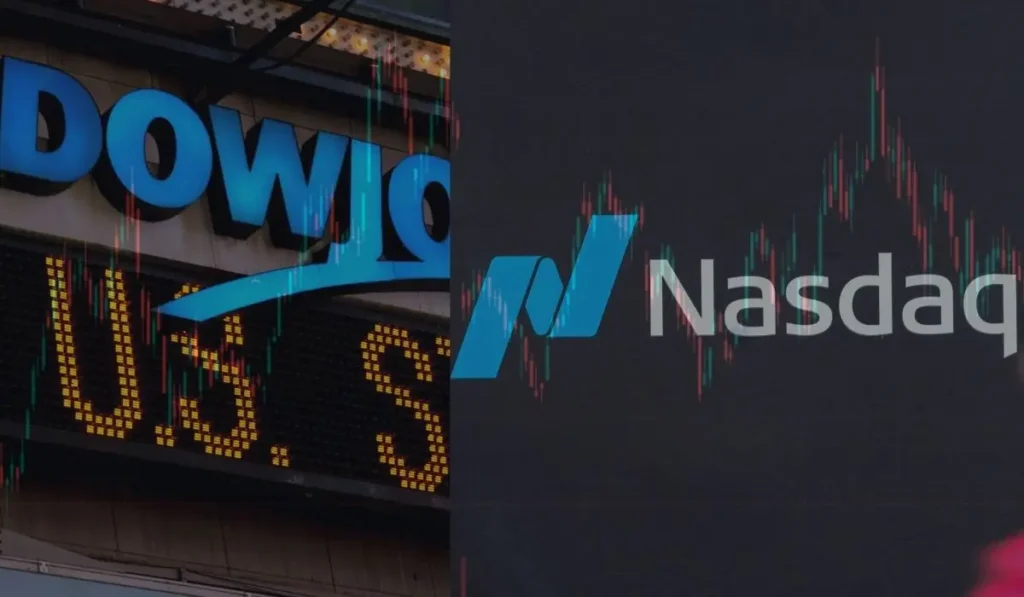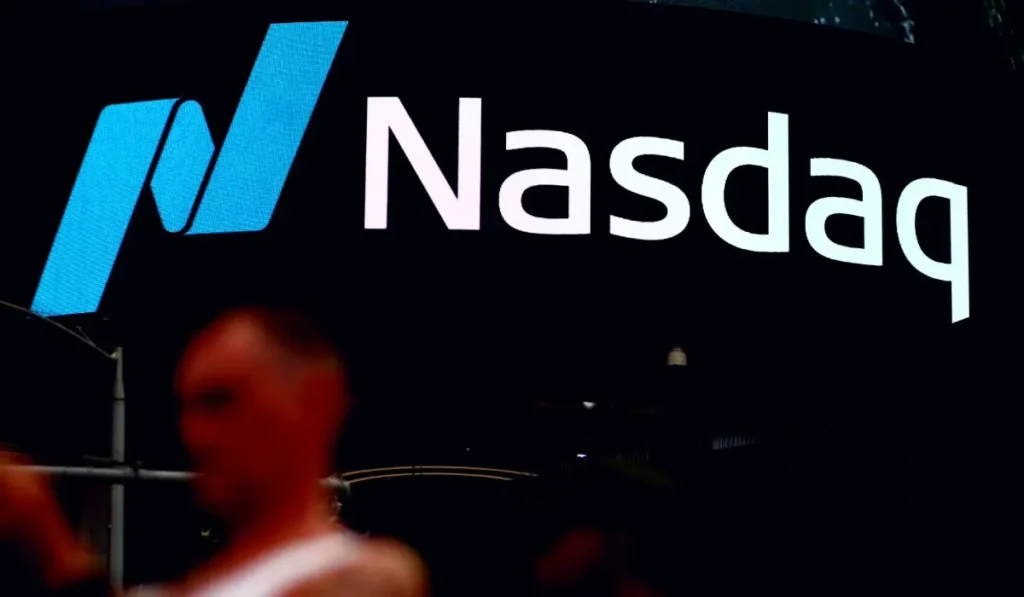Wall Street wrapped up the month of August on a mixed note after key inflation data showed price increases in the U.S. economy held steady in July. As a result, all three major markets were dragged into the red.
The tech-heavy Nasdaq Composite was the only index to close the day in green, adding 0.11% to extend its winning streak to the fifth day. The S&P 500 lost 0.16% in the last 15 minutes of the day to close below 0.2%. Meanwhile, the Dow Jones Industrial Average sank roughly 0.5%.
U.S. Markets End Suffer Major Losses In August As Key Inflation Indicator Shows Surge In Prices
The monthly performance of all three indexes suffered, with the Dow Jones experiencing its worst month since February by falling 2.4% last month. Nasdaq lost 2.2% of its value, its worst performance since November 2022, and the S&P 500 slipped 1.7% to end the month at its lowest since May.
August also brought an end to what had been a five-month winning streak for the Nasdaq and the S&P 500.

The reason for the markets to turn in their worst performance in months was due to the Federal Reserve updating its Personal Consumption Expenditures (PCE) Index for July. The Fed’s key inflation gauge showed an increase of 0.2% in prices, remaining steady at the level achieved the month before.
Core PCE readings, which excluded food and energy prices, also rose 0.2% month-over-month and 4.2% year-over-year, keeping in line with the central bank’s expectations.
In a note to investors, Paul Ashworth, economist for Capital Economics, wrote that despite the apparent “strength of real demand”, inflationary pressures in the economy continue to ease.
Read More: Colorado DMV To Accept Payments In Cryptocurrency For Online Services
Markets Waiting On The Fed’s Decision To Cut Back On Rate Hikes
This week’s data indicates signs of a soft landing for the U.S. economy as promised by the Fed. Investors and market analysts are keen to find out whether the Federal Reserve will start to cut back on the interest rate hikes at its upcoming Federal Open Markets Committee (FOMC) meeting.
In the meantime, jobless claims in the U.S. dropped to 228,000 in the past week, which was below the 235,000 mark expected by the Fed. This gives an added boost for the central bank when it releases August’s job report on Friday, which is seen as a key indicator in determining how the central banks play with price pressures.
Shares of Salesforce (CRM) rose by 3% after the company beat its earnings forecast and raised its full-year revenue outlook. The cloud computing solutions provider pointed out results from its cost-cutting measures and the growing demand for artificial intelligence (AI) tools as the reason for the performance upheaval.
3M (MMM) saw its shares jump by 2.1% after the American multinational conglomerate’s credit rating was upgraded from “Underweight” to “Equal-weight” by Morgan Stanley. The move came after 3M reached a settlement in lawsuits related to its products being defective and contaminated by “forever chemicals”.
Apple (AAPL) shares rose 0.1% in August’s final trading session. Unfortunately, it was not enough to bring the company into the green zone, bringing an end to the Cupertino-based tech giant’s seven-month winning streak in the Dow Jones Industrial.
Intel (INTC) gained 1.8% after CEO Pay Gelsinger announced at a press conference earlier in the week that the chipmaker is on course to meet its revenue forecasts for the third quarter of 2023.
Dow Jones’ largest component, UnitedHealth Group (UNH), saw its shares drop 3%, which caused the entire index to fall into the red zone. Shares of aerospace giant Boeing (BA) also declined 2.1% despite Air China stating it will be taking deliveries of the company’s 737 Max aircraft.
Read More: What Are Jim Cramer’s Strategies To Find Winning Stocks?
